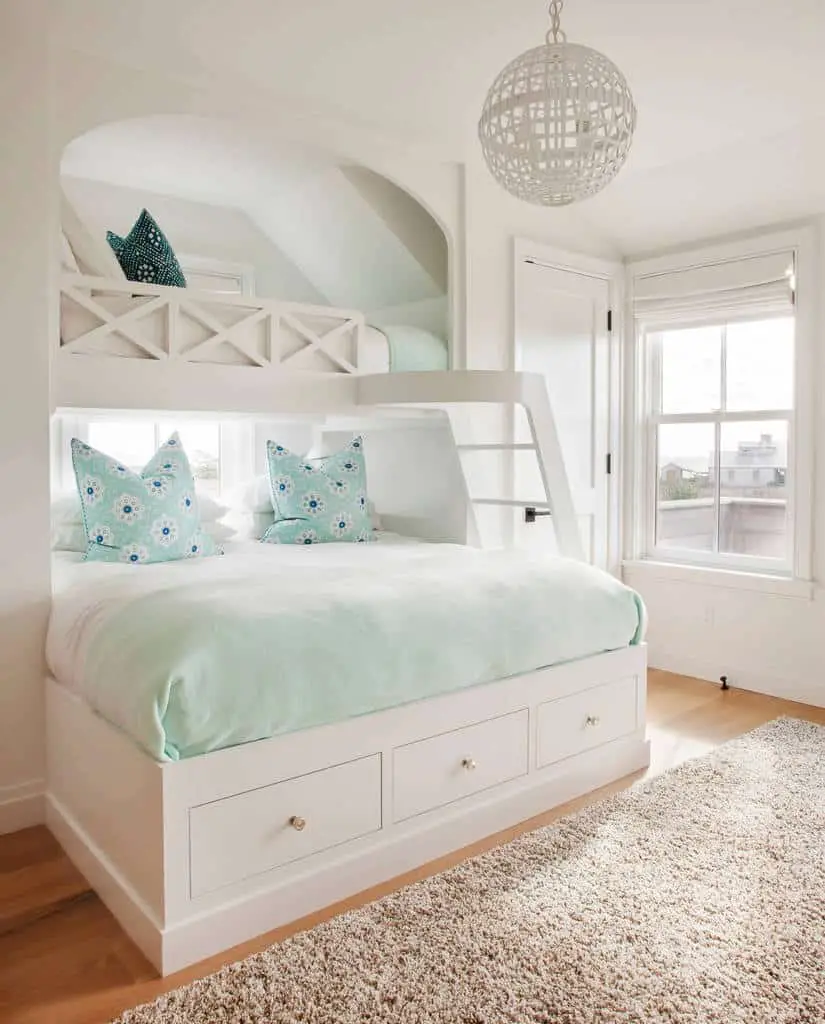
Creative Kids’ Room Design ideas are crucial in fostering a child’s imagination and personality, and can dramatically impact their well-being and development. Parents often face challenges in creating engaging and motivating spaces for their children’s rooms, leading to feelings of frustration and a less than ideal outcome. This article offers a thorough guide to designing an inspiring space, covering various themes, color palettes, furniture options, and organization ideas. This guide will help parents transform their children’s rooms into vibrant and imaginative havens. We will cover various creative room designs, emphasizing function and creativity, while considering a child’s developmental stage.
Understanding the Psychology of a Creative Kids’ Room
Fostering Imagination Through Design
Designing a child’s room should be more than just decorating. It should be a conscious effort to foster their imagination and personality. study shows that a stimulating environment can significantly impact a child’s cognitive development, leading to better concentration and creativity. Children spend a considerable portion of their time in their rooms, making it a crucial space for exploration, play, and rest. The room’s design can inspire and nurture a love for learning and creativity. Consider the room’s purpose and create a space that embodies that purpose. Parents should consider a child’s developmental stage when making design choices. A room designed to match the child’s developmental level can have a significant impact on their overall well-being. Kids’ rooms should be a reflection of their personality and encourage creativity and exploration.
Themes That Spark Imagination
Beyond the Ordinary
One of the most impactful facets of kids’ room design is the theme. Consider your child’s interests; are they into space, animals, superheroes, or maybe something completely unique? A carefully chosen theme can transform a simple room into an immersive world of play and learning. Studies show that children respond positively to environments that stimulate their creativity. Carefully consider the space’s layout and incorporate elements that resonate with the chosen theme. For example, if the theme is space, consider incorporating astro-themed furniture, galaxy-inspired wall decor, or a planetarium-like structure.
Color Palettes That Inspire Creativity
Beyond the Basics
Color plays a significant function in kids’ room design. A calming color palette can promote relaxation, while vibrant colors can encourage playfulness and creativity. Incorporate soft pastels for a sense of calm and tranquility, or bold primary colors for a dynamic, engaging space. Remember to balance the room’s colors with the chosen theme, while considering the size of the room. Use colors that match the room’s style and create a unique and immersive experience. It is crucial to ensure the chosen color scheme matches your child’s personality and preferences. A bright, cheery room fosters positivity and happiness.
Furniture Choices for a functional and Fun Space
Optimizing Space for Play
Kids’ room furniture should be both functional and fun. Prioritize kid-friendly furniture with safety in mind. Consider built-in storage solutions and multi-functional furniture that serves multiple purposes, such as beds with drawers or desks with built-in storage. Ensure that the furniture is age-appropriate and complements the overall design. Incorporate elements of fun like whimsical shapes or colors. Consider the child’s age and lifestyle. Include seating areas for comfort and play, as well as a dedicated workspace. Space is at a premium, so it is essential to look for items that can be easily adjusted as the child grows and their interests change.
Integrating Organization and functionality
Maintaining Order and Joy
Organization is crucial in a kids’ room to maintain order and functionality. Utilize storage solutions like shelves, drawers, and bins to keep the room tidy and complimentary from clutter. Designate specific areas for varied activities, making the room more usable. Make use of vertical space to maximize storage. It is crucial to consider a child’s age and developmental stage when designing the room. Incorporate organizational systems to help the child learn to keep their space tidy. Consider implementing an age-appropriate reward system for helping to organize their toys or belongings.
Designing a Space for Learning and Growth
Creating a Conducive Environment
Creating a space dedicated to learning and growth is a crucial facet of a well-designed kids’ room. Include a dedicated study or reading corner with comfortable seating, adequate lighting, and access to books and educational materials. Consider incorporating interactive elements like building blocks, puzzles, or art supplies. Incorporate technology in an age-appropriate way. Include designated work spaces, keeping in mind their individual needs and interests.
Incorporating Sensory Stimulation
Creating an Immersive Experience
Sensory stimulation is critical for children’s development, and it can be incorporated into the room’s design. Soft lighting, textures, and sounds can enhance the room’s appeal, and create a safe and inviting environment. Use a calming color palette. Use lighting strategically to evoke a sense of calm or playfulness.
Eco-Friendly Kids’ Room Design
Sustainable and Healthy Options
Eco-friendly designs prioritize sustainable materials and reduce environmental impact. Opt for recycled or reclaimed wood furniture or eco-friendly paints. Incorporate natural elements like plants and natural light to create a healthy and inviting environment. Consider eco-friendly cleaning products, to ensure a safe and healthy environment.
Incorporating Technology
Smart Solutions for Modern Needs
Smart solutions for kids’ rooms can include interactive learning tools and age-appropriate gaming systems. Use these options judiciously. Use technology safely and strategically in a way that complements the learning atmosphere.
In conclusion, crafting a creative kids’ room is not just about aesthetics, but also about fostering a child’s imagination and personality. By blending functional design with exciting themes, you can create a space that sparks joy and encourages creativity. Remember to consider your child’s preferences, and involve them in the design process. Ultimately, a well-designed kids’ room will be a cherished space for years to come. Design a space that delights and empowers, and consider consulting a designer for expert advice. Contact us today for a complimentary consultation.